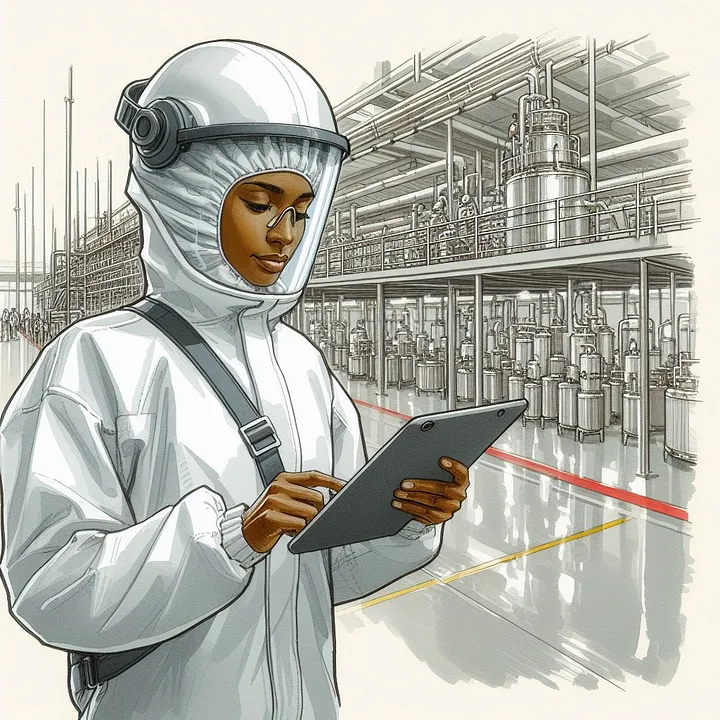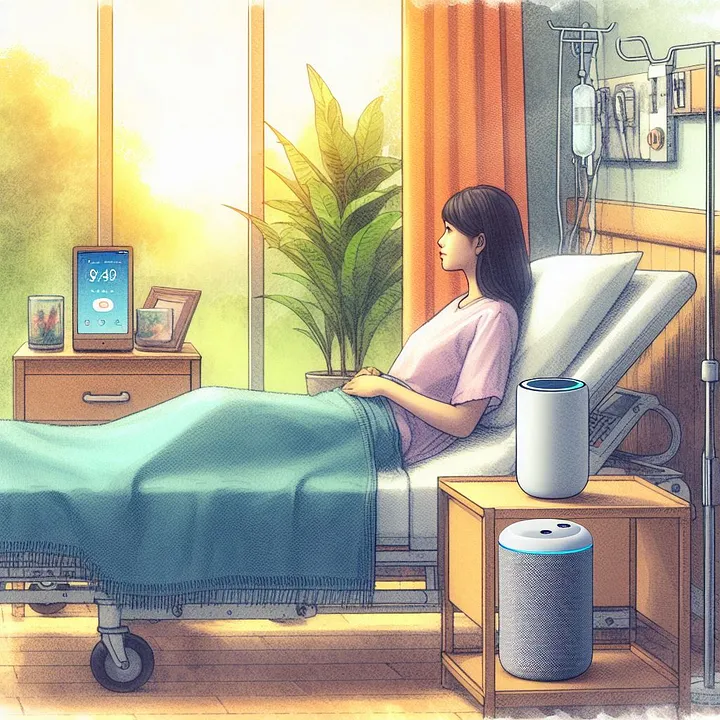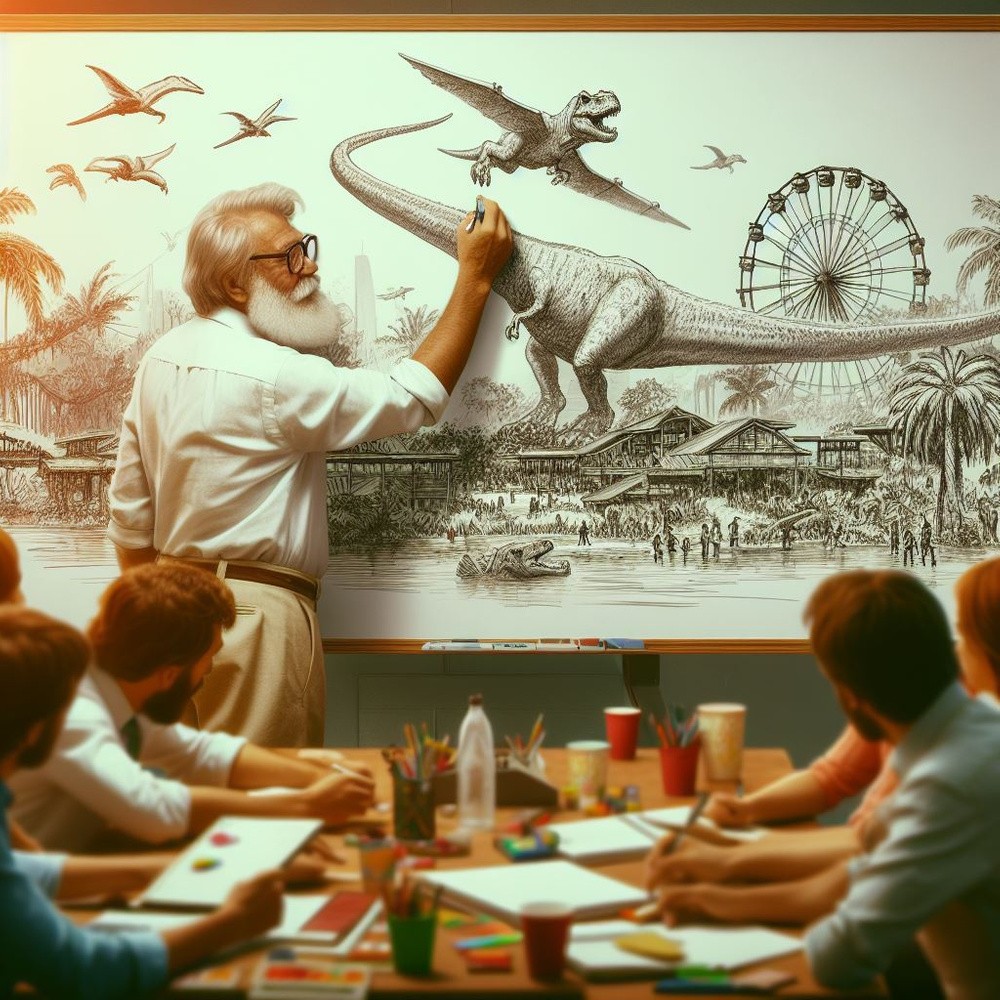Focus Areas
Focus Areas
Focus Areas
Focus Areas
Design Leadership
Systems
Human Centricity
Technology
Mentorship
Design Leadership
Systems
Human Centricity
Technology
Mentorship
Design Leadership
Systems
Human Centricity
Technology
Mentorship
Design Leadership
Systems
Human Centricity
Technology
Mentorship
Selected Works
Selected Works
Selected Works
Selected Works
Previous Customers
Previous Customers
Previous Customers
Previous Customers


















Thoughts
Thoughts
Thoughts
Thoughts









